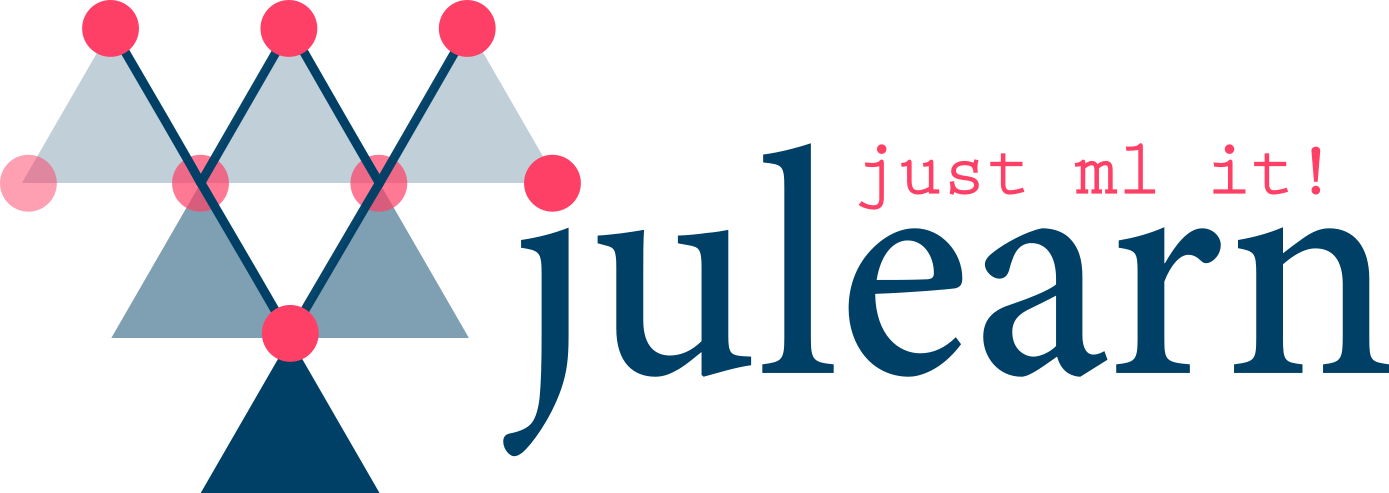Welcome to julearn’s documentation!#

… a user-oriented machine-learning library.
What is Julearn?#
At the Applied Machine Learning (AML) group, as part of the Institute of Neuroscience and Medicine - Brain and Behaviour (INM-7), we thought that using ML in research could be simpler.
In the same way as seaborn provides an abstraction of matplotlib’s functionality aiming for powerful data visualization with minor coding, we built julearn on top of scikit-learn.
Julearn is a library that provides users with the possibility of easy testing ML models directly from pandas dataframes, while keeping the flexibiliy of using scikit-learn’s models.
To get started with Julearn just keep reading here. Additionally You can check out our video tutorial.
Why Julearn?#
Why not just using scikit-learn? Julearn offers three essential benefits:
You can do machine learning with less amount of code than in scikit-learn
Julearn helps you to build and evaluate pipelines in an easy way and thereby helps you avoid data leakage!
It offers you nice additional functionality:
Easy to implement confound removal: Julearn offers you a simple way to remove confounds from your data in a cross-validated way.
Data typing: Julearn provides a system to specify data types for your features, and then provides you with the possibility to filter and transform your data according to these types.
Model inspection: Julearn provides you with a simple way to inspect your models and pipelines, and thereby helps you to understand what is going on in your pipeline.
Model comparison: Julearn provides out-of-the-box interactive visualizations and statistics to compare your models.